Analyzing Raymond Kurzweil’s more specific predictions allows us to better understand his vision of the future and how he believes technology will transform humanity. Below, we will explore some of his most notable predictions, grouping them by thematic areas:
Artificial Intelligence and the Singularity, the first group of predictions:
These include the surpassing of human intelligence by artificial intelligence, the arrival of the technological singularity, and brain-based computing.
- The surpassing of human intelligence by Artificial Intelligence (around 2029): He predicts that by the end of the 2020s, Artificial Intelligence will surpass human intelligence in Turing tests and other metrics. This does not necessarily mean that machines will have human consciousness or feelings, but they will exceed our capabilities in specific cognitive tasks.
- The arrival of the Technological Singularity (around 2045): This is his most famous prediction. Kurzweil believes that by 2045, the progress of Artificial Intelligence will be so fast and unstoppable that it will radically transform human civilization. Human and artificial intelligence will merge, leading to unprecedented capabilities.
- Brain-based computing: Kurzweil believes that Artificial Intelligence will increasingly be based on simulating the human brain, using reverse engineering techniques to understand and replicate its functions.
A second group of predictions focuses on Biotechnology and Nanotechnology, including the reversal of aging, the development of medical nanobots, and direct brain-computer connections. Let’s see:
- Reversal of aging: Kurzweil predicts that nanotechnology will allow the repair and rejuvenation of body cells, reversing the aging process and significantly extending human life expectancy. He mentions the possibility of life expectancy expanding beyond 120 years. Recently, he has revisited this point, which we will explore in another post.
- Medical nanobots: He envisions nanobots that will navigate through our bodies, repairing damaged tissues, destroying cancer cells, and monitoring our health in real-time.
- Brain-computer connection: He predicts that nanotechnology will create direct interfaces between the human brain and computers, enhancing our cognitive abilities and allowing us to access information and communicate more efficiently.
A third group of predictions relates to computing and virtual/augmented reality. These include:
- Ubiquitous computing and miniaturization: Kurzweil anticipates that computers will become increasingly smaller and ubiquitous, integrating into our clothing, bodies, and environment.
- The growing development of immersive virtual and augmented reality: He predicts that virtual and augmented reality will become so immersive that it will be difficult to distinguish them from physical reality. This will transform the way we work, learn, entertain ourselves, and interact.
- Virtual recreations of deceased people: Kurzweil has mentioned the possibility of digitally recreating deceased individuals by reconstructing their thought and behavior patterns from available data. Recent experiments involving artificial intelligence have allowed for at least the first phase of this prediction.
A fourth group includes his contributions in energy and the environment. Within this, we have:
Abundant and cheap solar energy: Kurzweil believes that advances in photovoltaic technology will make solar energy extremely cheap and abundant, solving the planet’s energy problems.
Large-scale 3D printing: He predicts that 3D printing will be used to build large-scale infrastructures, such as buildings and homes, quickly and efficiently. We have recently seen some examples of this in both Europe and Red China.
Additionally, there are important points to consider:
The existence of a flexible timeline: While Kurzweil provides specific dates for some of his predictions, he also acknowledges that these are approximations and that the pace of technological progress may vary.
The interconnection of technologies: He emphasizes that these technologies will not develop in isolation, but will interact and enhance each other.
Risks and challenges:
While Kurzweil is optimistic about the future, he also acknowledges that there are risks and challenges associated with these technologies, such as the ethical and social implications of advanced AI and nanotechnology. It is essential to remember that these are predictions, and the future is uncertain. However, analyzing Kurzweil’s predictions helps us better understand the possible trajectories of technological development and reflect on the implications they could have for humanity.
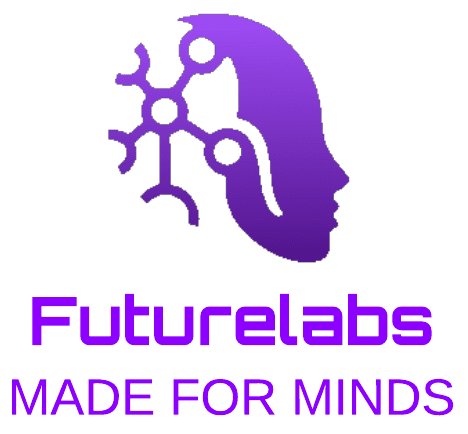
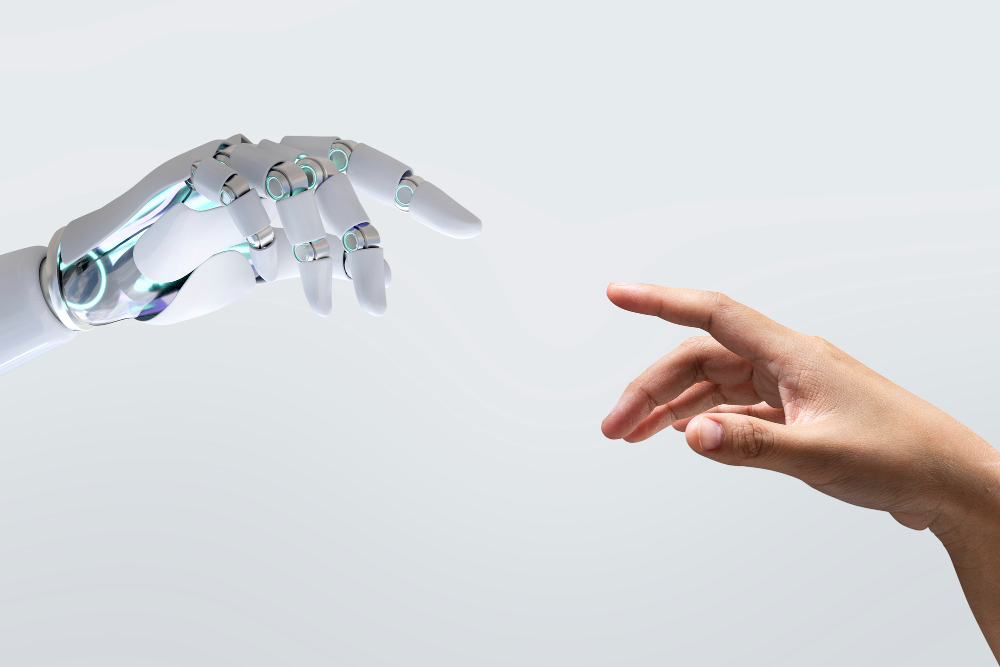

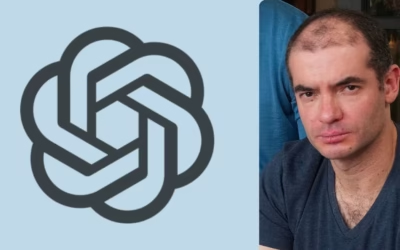
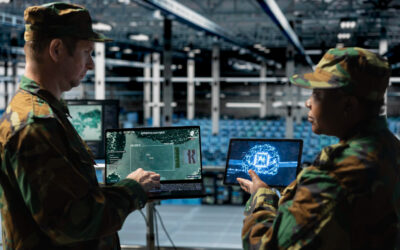
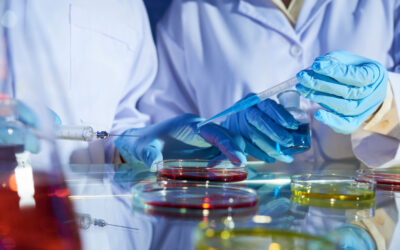
0 Comments